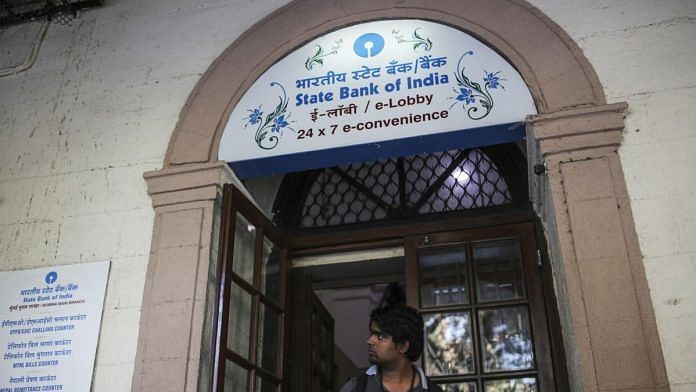The bank’s first quarterly profit in 12 months is no doubt an encouraging sign, though net income of $129 million on a $284 billion loan book is hardly worth celebrating.
State Bank of India Chairman Rajnish Kumar wants to assure investors he’s in complete control of the “demon” of soured loans. Not so fast, Aladdin.
The bank’s first quarterly profit in 12 months is no doubt an encouraging sign, though net income of $129 million on a $284 billion loan book is hardly worth celebrating. Besides, it’s premature for India’s largest lender to sound the all-clear on asset quality when it has a $20 billion exposure to shadow financiers facing a liquidity squeeze.
So far, investors’ attention has been on state-run Indian banks’ loans to big companies, which have been largely responsible for their bloated nonperforming advances. But with strong buyer interest for distressed assets like Essar Steel India Ltd., there’s hope that some of the losses already booked on those accounts can be written back as profits. Further slippages could also be contained, with State Bank of India’s NPA ratio improving to (a still awful) 9.95 percent in September from almost 11 percent in March.
However, it would be wrong to think that India’s bad-loan problem has gone away. State Bank’s $600 million debt and equity exposure to IL&FS Group, the infrastructure lender whose sudden bankruptcy caused a crisis of confidence among nonbank financiers, is just the tip of the iceberg. The big chill will come if State Bank’s $36 billion in advances to small and midsize enterprises are stressed, which may well happen if shadow lenders are forced to cut back their own exposure to these borrowers.
Meanwhile, don’t underestimate the political dimension. Prime Minister Narendra Modi’s government wants banks to approve SME loans in 59 minutes. Sooner or later, such state-directed credit binges are guaranteed to end – badly.
The other worry is that shadow lenders’ troubles will carry over to property developers, some of which could lose access to short-term financing. With general elections due by May, the last thing the government wants is for builders to go bankrupt, abandoning projects and sending construction workers back to villages. Subdued real-estate prices could hurt consumer sentiment. SBI has $79 billion at stake in retail loans, including mortgages. The bad-loan ratio for this group of borrowers is currently only 1.2 percent, but it’s worth watching.
Finally, easing the liquidity crunch is the joint responsibility of the government and the central bank. But just when they should be working together, the finance ministry and the monetary authority are engaging in a very public slanging match.
On at least eight separate occasions in as many years, State Bank’s CEOs have claimed that the worst was over. Each time they were proved wrong. With so many genies waiting to be bottled, Kumar, too, should be cautious. – Bloomberg






